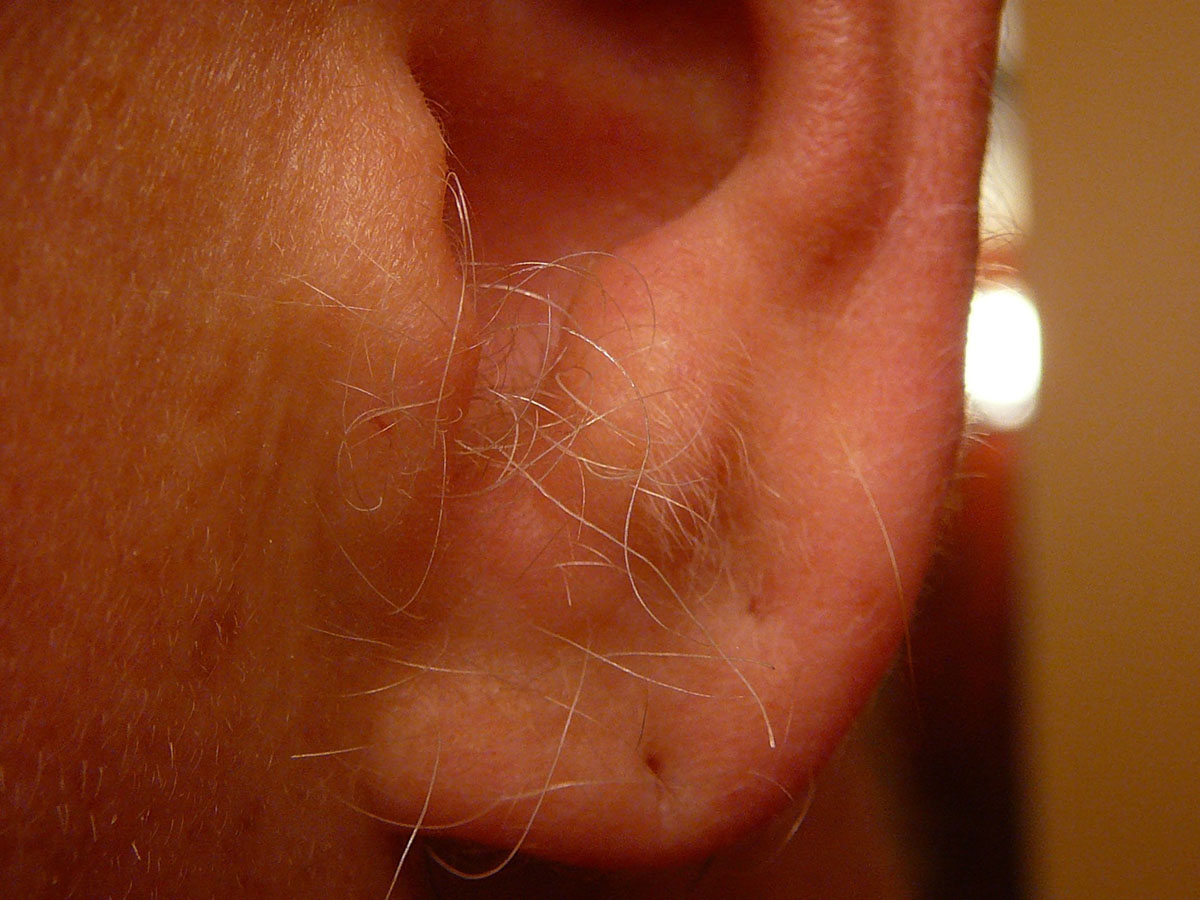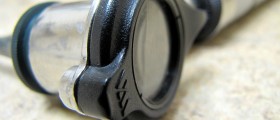
The ear
Our ear has three main sections. These are the external or outer ear, which is made of the auricle and the passage to the middle ear, the middle ear, which is a small cavity, separated from the outer ear by the eardrum. Middle ear contains tiny bones which receive vibrations caused by sound waves and collected by the outer ear. The bones relay these vibrations to the inner ear, which is responsible for translating this information into neural impulses and where our sense of balance is located.
The middle ear is sensitive to infections, as it is connected to the cavity in the back of the nose via a tiny channel called the Eustachian tube. Its role is to equalize pressure in the middle ear to that of the external pressure, so that ear does not suffer damage due to difference in pressure. In some circumstances, bacteria or virus can climb up the Eustachian tube and propagate in the middle ear, causing infection. This middle ear infection is known as otitis media and is common in kinds aged from 6 months to 2 years.
Infection
Infection of the middle ear is common when a child suffers from common cold or some other respiratory infection and there is a high concentration of bacteria or viruses in the nasal cavity. Middle ear becomes, particularly in cases of bacterial infections, filled with fluid or puss, which causes an pressure increase in the middle ear. This causes pain and disturbs transmission of sound wave vibrations, thus causing a temporary decrease in hearing.
A child which suffers from otitis media may be pulling or rubbing ears because of ear pain, and can have fever, leakage of the fluid from the ear, is irritable and has changes in appetite or sleeping patterns. It may also have trouble hearing.
Treatment
Treatment depends on the cause of infection. Surgery is common but other methods are tried at first. If infection is bacterial in origin, then antibiotics are administered. But viral infections cannot be treated with antibiotics and should resolve on their own. Ear infections are typically resolved easily, but if they are common, or are not resolving easily, or if a child has troubler hearing or speech delay (indicator that it does not hear well), surgery becomes an option.
Surgery
Surgery is used to drain excess fluid from the middle ear and to insert a ventilation tube in it. Most infections affect both ears so both are treated surgically. During the procedure, a minute tube called a pressure equalization tube is placed in the eardrum. Its purpose is to ventilate the middle ear and equalize pressure. This prevents future infections, drains excess fluid and (actually, though hard to believe) improves/normalizes hearing. Depending on the case, the tube will stay in place from half a year to over three years. It typically falls out by itself, but, if it it stays in place for over 2-3 years, it might have to be removed surgically. Some kids may need to undergo this form of surgery once again over time, as it does not resolve the condition permanently.

















Your thoughts on this
Loading...